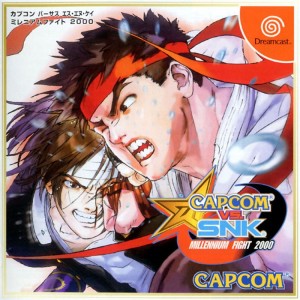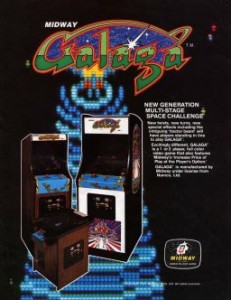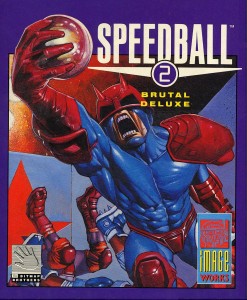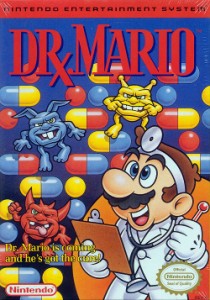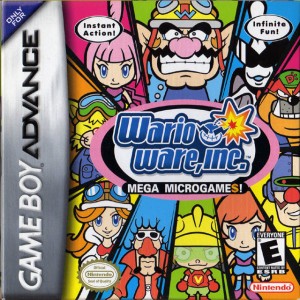409th played so far
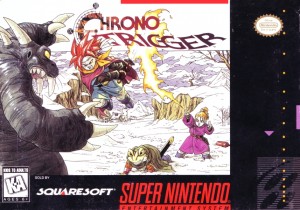 Genre: Role-Playing
Genre: Role-Playing
Platform: SNES
Year of Release: 1995
Developer: Square
Publisher: Square
As a side quest while working on making it through this list, Peter has been working on creating an independent best-of list, combining the results of several best-of lists into a uniform result. This may or may not have led to something visible by the time you read this (it probably won’t if I’m being perfectly honest), but one of the results we’ve already noticed is that Chrono Trigger is, apparently, a top-10 game. It’s impressive considering how it was released on only two platforms, older ones at that, while other games have a number of platforms to them, and were released a lot more recently.
What it shows (based on what I know of it) is how solid the game experience is. Released when Square was at the top of its 2D fame (it was released around the same time as Final Fantasy VI, before the company moved into 3D gaming), it must have made an impression in terms of story and gameplay. It is up to us to confirm this, of course, and with its qualitiy, this is where we have to jump in and try the game.
Our Thoughts
There was a specific place in the narrative I wanted to get through on our blog playthrough, as I felt it would show off the concept to that point and show off the things the game pays attention to (for those who know the game: the court case). That was less than halfway through our actual play time.
Starting from a simple idea – the protagonist (Chrono) visiting a country fair – it builds up the danger slowly but suitably – moving into time travel first to save royalty, introducing the concepts of the past changing the future during it, then slowing moving to saving the past and present worlds. Even a number of New Game Plus concepts are explained by skipping parts of the game through time travel. The thematic links come back, building on what came before without ever feeling like the game is repeating itself.
So much of this is driven, initially, by the characters. There’s the plucky tomboy running away from responsibility, the smart inventor girl, and both are dismayed at one point because the robot sidekick seems destroyed for a short amount. What was more interesting, though, is how the silent protagonist gets defined. In the court case mentioned earlier, actions you take at the fair are judged and have an effect on the outcome. It also shows what sort of character Chrono is – how nice, how greedy and so on. You can argue, but the oddities of the main character’s behaviour are pointed out.
The world in the game has plenty of nooks and crannies with special events. Side quests, small cutscenes that give a bit of life to your random encounters and generally add life to the game. It leads to a world that rewards exploring and one where, after you get through the first stretch of the main story, there is a lot of optional content to pursue. It’s a joy to experience.
One of the nice changes compared to standard Square fare are those random encounters. They’re not as random or overwhelming as their usual Final Fantasy fare of the time, where you just get a screen wipe and end up in battle. Instead, they all take place on the same overworld map. You can always see them there and most of the time, with some deft maneuvering, can avoid them (if you don’t want the XP or spend the time). It feels a bit more real.
One advantage of this as well is how positioning matters. A number of your attacks have a ‘pattern’ and attack enemies in a line or a specific area. It requires you to make some tactical choices and often combine your characters’ abilities to attack specific areas. Beyond positioning (and timing when the enemies are in the right place) the battles play out as standard Final Fantasy ATB affairs. Even most of the stats are familiar, although separating XP (which bleeds to those not in the party) and tech points (giving you access to some magic, but only if the character is in the party) encourages some easy party rotation.
One thing that stood out positively is the XP curve. JRPGs tend to require quite a lot of grinding, often quite early on, requiring more than just immediate play to keep up with the enemies. For Chrono Trigger, though, we played through and felt like we were at the right level at every point. Sure, a new level started off a bit tougher, but it was easy to catch up and overtake that point. It made the game a lot more playable and fun.
The game is so large that I know we haven’t touched on everything yet, and we’ll get back to the game soon enough to play further. The game is good enough that it seems like something we should finish. It’s worth that top ten place.
Final Thoughts
This is a game that excels in so many places, it’s difficult to see where it stops. Chrono Trigger is probably the best example of the 2D JRPG, one that I love as we saw a long time ago with Super Mario RPG. The graphics here are beautifully and memorably executed, the mechanics work well without any unexpectedly big leaps of difficulty and with an amazingly engaging story and characters.
As said, this is high on any list covering the best games out there (without filters) and even now it shows, remaining as playable as ever, with some nice small improvements in the more recent DS release.
